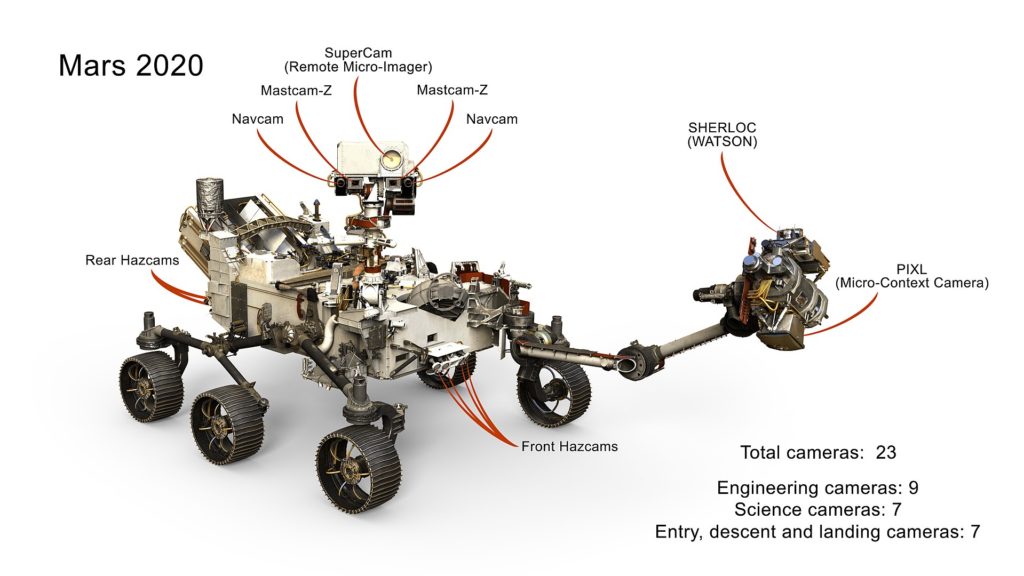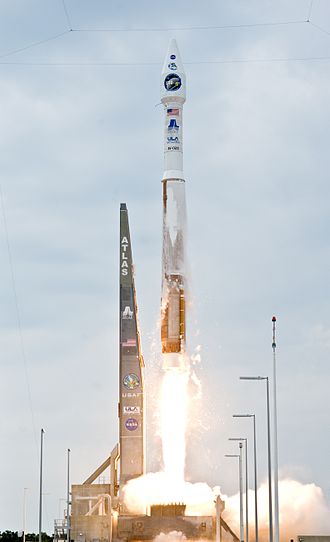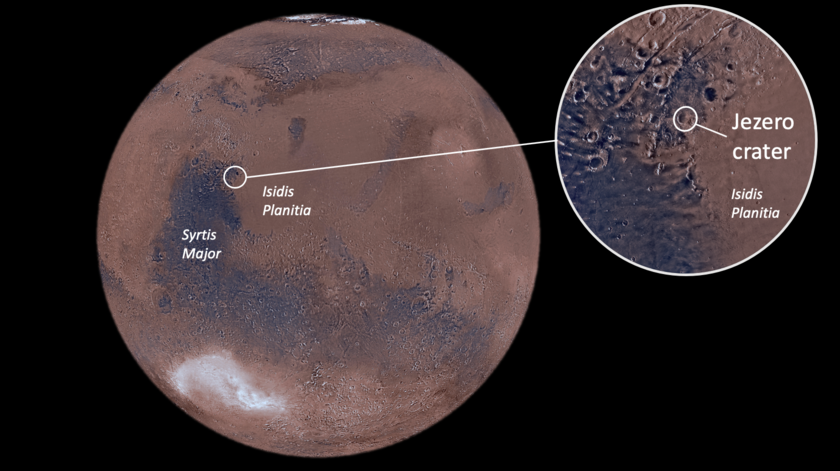On the 30th July 2020, the latest mission to the red planet lifted off from Cape Canaveral, Florida. The rocket, an Atlas V, the payload on board, the Perseverance Rover, its destination, Jezero Crater on Mars. The voyage will take seven months, and is scheduled to make it’s decent on the 18th February 2021. Once on the ground Perseverance, nicknamed ‘Percy’ will explore the Martian surface to expand our understanding of the red planet and its mysterious past.
Misson Objectives
The Perseverance Rover will search for the remains of ancient microbial life, which will enhance our understanding of Mars and its past habitability. The rover is equipped with a number of scientific instruments will allow it to examine the rock, soil, and air deposits, while exploring the red planet. The mission is scheduled to last at least one Mars year, which is approximately 687 Earth days.
Atlas V Rocket
Launched from Cape Canaveral Space Launch Complex 41, the Atlas V space launch vehicle is a two-stage expendable rocket. First launched in August 2002, the record of the Atlas V rocket is superb, it is currently on a run of 76 consecutive successful launches stretching back to the 11th October 2007.
The Rover, Perseverance (Percy)
Percy is a car-sized Mars rover, similar in design to the Curiosity rover launched a few years back. Its equipped with six aluminium wheels to give it control and stability on the Martian surface. Powered by a plutonium dioxide nuclear reactor, Percy will have heat and electrical power 24 hours a day. Percy is packed full of scientific instruments which will allow it to fully explore the Martian surface, these include, a spectrometer, designed to measure the composition of Martian surface. Ground-penetrating radar, to detect underground rocks, structures, and water ice. A number of sensors to measure temperature, wind speed and direction, pressure, humidity and radiation. There are also a number of cameras and an audio microphone to be used when driving and collecting samples. However, possibly the most exciting of all is the Mars helicopter experiment. A solar-powered helicopter drone which will be used to scout the best driving route for the rover. I’m really looking forward to some of the aerial images this device will capture.

Jezero, Mars – The landing Site
Jezero is a crater on Mars, that was once thought to be flooded with water and should be rich in minerals and clays. Created by a meteorite impact, scientist believe this created environments favourable to microbial life. Chosen in November 2018 as the landing site for the Perseverance Rover, Jezero crater is 28 miles wide and located on the western edge of a flat plain called Isidis Planitia.
To Conclude then….
So there we have it, quite an exciting mission I’m sure you’ll agree. The landing on Mars is due to take place at 15:55 EST / 20:55 GMT on the 18th February 2021, of course, it will be streamed live on NASA TV, the details of which can be found the official NASA website.
Exciting stuff, cant wait.
TSP Admin


